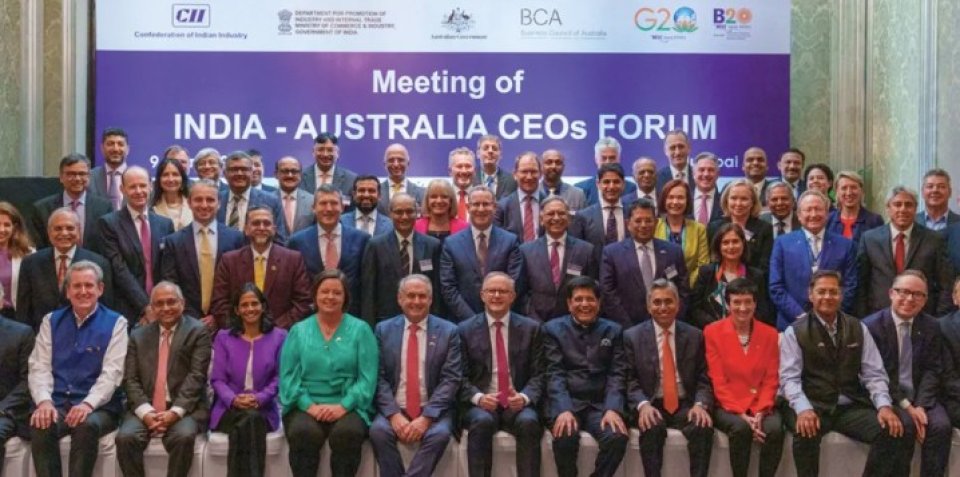The Australia-India Economic Cooperation and Trade Agreement (ECTA), signed on April 2, 2022, and effective from December 29, 2022, marks India’s first trade pact with a developed nation in over ten years. This landmark agreement has not only lowered tariffs across a broad spectrum of goods but also paved the way for enhanced collaboration in services, investments, and supply chain integration.
As ECTA enters its third year, the India-Australia economic corridor is clearly evolving into a vibrant partnership, underpinned by strong policy support, institutional mechanisms, and aligned strategic interests.
Over the past five years, bilateral trade between the two nations has grown significantly, reaching USD 24.2 billion in FY 2024-25. This surge reflects the agreement’s success in expanding market access and reducing trade barriers.
Indian industries have significantly expanded their presence in Australia, particularly in textiles, pharmaceuticals, electrical machinery, and agriculture. Meanwhile, Australian exports to India—dominated by coal, gold, alumina, and liquefied natural gas (LNG)—have been instrumental in powering India’s industrial growth. The agreement has also introduced new traded products such as calcined petroleum coke and high-capacity diesel generators, diversifying the scope of bilateral commerce.
The past decade highlights a maturing economic relationship. Bilateral trade grew from around USD 15 billion in 2016 to record highs following ECTA’s implementation. Although there was a temporary dip in FY 2020-21 due to the COVID-19 pandemic, trade quickly rebounded to USD 25 billion in FY 2021-22 and peaked at USD 25.9 billion in FY 2022-23, before stabilizing at USD 24 billion in FY 2023-24 and USD 24.2 billion in FY 2024-25.
Analyzing the trade composition reveals a complementary dynamic. India exports refined petroleum products, pharmaceuticals, textiles, engineering goods, and agricultural commodities to Australia, with recent growth in sectors like railway passenger cars, packaged medications, and synthetic textiles. New export categories such as calcined petroleum coke and liquefaction-based industrial machinery also signal India’s rising capabilities in advanced manufacturing.
On the other hand, India’s imports from Australia are dominated by raw materials and energy resources. Coal briquettes have consistently topped import volumes, exceeding USD 12 billion before the pandemic. Other significant imports include gold, LNG, alumina, lentils, and wool. Australia’s agribusiness has also benefited from tariff cuts under ECTA, enhancing access for products like sheep meat, lobster, and cotton into the Indian market.
This trade profile illustrates a strategic synergy, with India leveraging Australia’s rich resource base to fuel its industrialization while exporting value-added finished goods and pharmaceuticals, reflecting a robust and growing bilateral partnership. (Sourece: theaustraliatoday)







